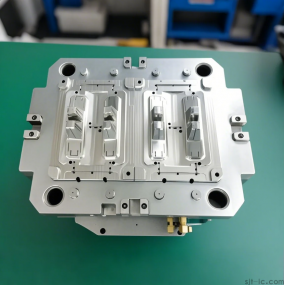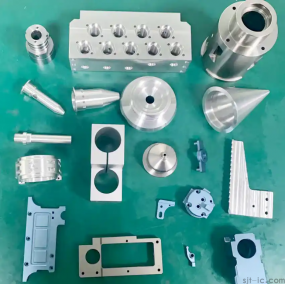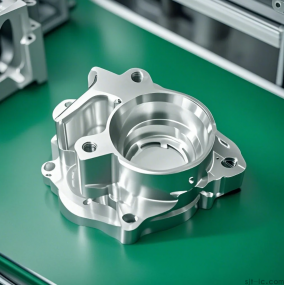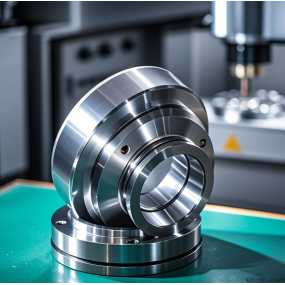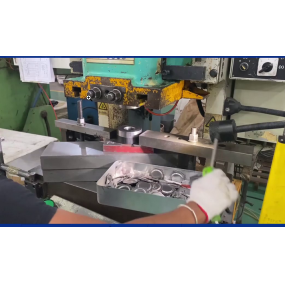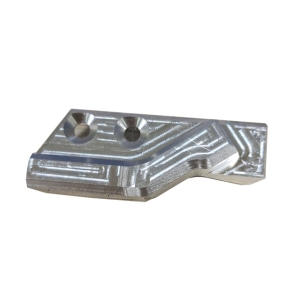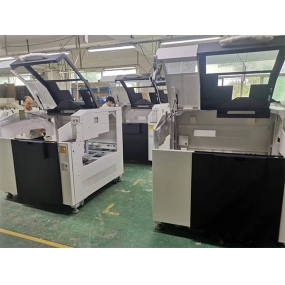The design principles of Shenzhen Machinery Processing Plant:
(1) The designed process specification should ensure the processing quality of the machine parts (or the assembly quality of the machine), meeting the technical requirements specified on the design drawings.
(2) The process should be made more productive so that the product can be put on the market as soon as possible.
(3) Try to reduce manufacturing costs
(4) Pay attention to reducing the labor intensity of workers and ensure production safety.
 The original information of Shenzhen Machinery Processing Factory:
The original information of Shenzhen Machinery Processing Factory:
(1) Product assembly drawings, parts drawings.
(2) Product Acceptance Quality Standards.
(3) The annual production schedule of the product.
(5) The production conditions of the manufacturing plant, including the specifications, performance and current state of the machine tool equipment and process equipment, the technical level of the workers, the ability of the factory to make process equipment, and the ability of the factory to supply power and gas.
(6) Design manuals and relevant standards required for process specification design and process equipment design.
(7) Domestic and foreign advanced manufacturing technology information, etc.
The steps of Shenzhen Machinery Processing Plant:
(1) Analyze and study the assembly drawings and part drawings of the product.
(2) Determine the blank.
(3) Draw up the process route and select the positioning base surface.
(4) Determine the equipment used in each process.
(5) Determine the tools, fixtures, gauges, and auxiliary tools used in each process.
(6) Determine the technical requirements and inspection methods for each major process.
(7) Determine the machining allowance for each process and calculate the size and tolerance of the process.
(8) Determine the cutting amount.
(9) Determine the working hour quota.


 Spanish
Spanish Arabic
Arabic French
French Portuguese
Portuguese Belarusian
Belarusian Japanese
Japanese Russian
Russian Malay
Malay Icelandic
Icelandic Bulgarian
Bulgarian Azerbaijani
Azerbaijani Estonian
Estonian Irish
Irish Polish
Polish Persian
Persian Boolean
Boolean Danish
Danish German
German Filipino
Filipino Finnish
Finnish Korean
Korean Dutch
Dutch Galician
Galician Catalan
Catalan Czech
Czech Croatian
Croatian Latin
Latin Latvian
Latvian Romanian
Romanian Maltese
Maltese Macedonian
Macedonian Norwegian
Norwegian Swedish
Swedish Serbian
Serbian Slovak
Slovak Slovenian
Slovenian Swahili
Swahili Thai
Thai Turkish
Turkish Welsh
Welsh Urdu
Urdu Ukrainian
Ukrainian Greek
Greek Hungarian
Hungarian Italian
Italian Yiddish
Yiddish Indonesian
Indonesian Vietnamese
Vietnamese Haitian Creole
Haitian Creole Spanish Basque
Spanish Basque

